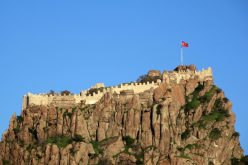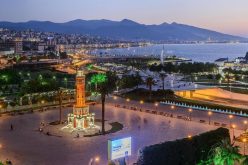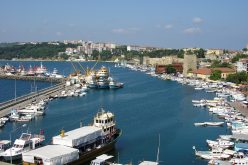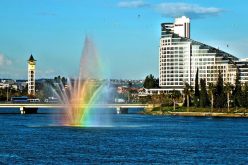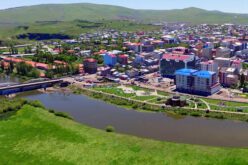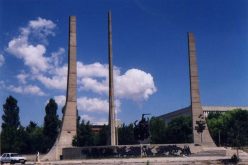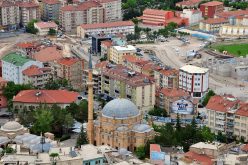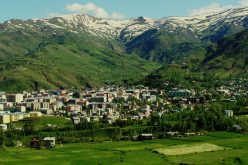Batman
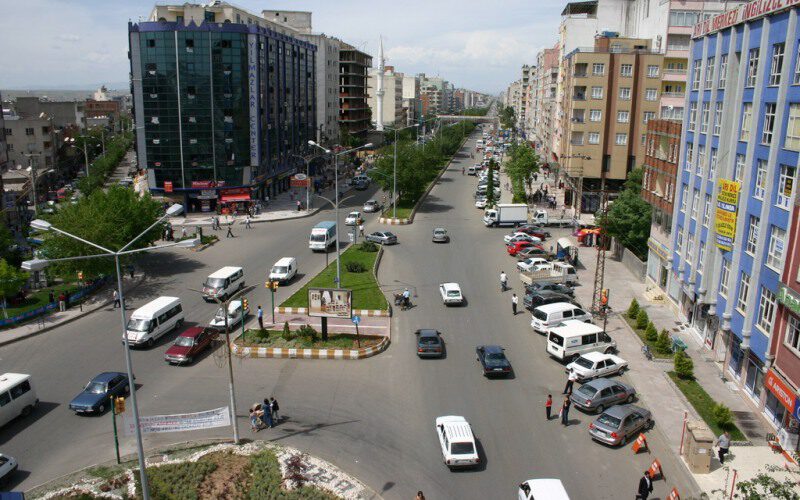
Batman
Batman province and the ancient city of Hasankeyf is founded on the land where Dicle river flows and has been able to protect its rich historical background and these cities are the wonders of the nature with their historical monuments and caves exceeding a thousand in number. The province is important because of its reserves and production of oil which was started in the 1940s. There is a 494-km long oil pipeline from Batman to the Turkish port of Iskenderun. Cotton is the main agricultural product. A railway line connects Batman with the nearby provinces of Diyarbakır and Elazıg and with the capital Ankara.
Hasankeyf is the most popular area of the vicinity due to its historic wealth. The city stands as living evidence to the multifaceted cultural foundations of the Arabs, Seljuks, Mongolians and Ottomans and houses a plethora of valuable remnants from the past. The place is a major tourist attraction with its unlimited treasure of antique civilizations.
Hasankeyf Castle
According to the historical records, it was built by the Byzantines in the middle of the 4th century. In the following periods, the castle was the most important settlement place of the region due to its safety characteristic. Besides hundreds of residences, there are also historical pieces of art such as Big Palace, Small Palace and Ulu Mosque in the castle.
Castle Door
It is at the beginning of the stairs on the east side, leading to the castle. Due to the inscriptions on the door, it is understood that it belongs to the Eyyubis. Other door in the upper part of the road has been partially collapsed.
Bridge
It is the biggest stone bridge of the Middle Ages. It is not known for certain but it is said that the bridge was built by the Artuks in 12th century.
Big Palace
The Palace is under subsidence on the north side of the castle. It is not known definitely when and by whom this palace was built due to the lack of inscription in the palace, but it is supposed to be of the Artuk art because of its characteristics.
Ulu Mosque within the Castle:
It was built over the remains of an ancient construction during Eyyubi Era in the first period of 14th century. From the inscriptions on the Mosque, it is understood that it was repaired, and underwent some changes in the following periods.
El-Rızk Mosque
It was built by Eyyubi Sultan Süleyman in 1409, but only its minaret and north face where the portal door took place have partly survived up to the present.
The inscriptions on the minaret and the portal door, vegetal ornaments and minaret with double-way access are the charming characteristics of the Mosque.
Koç Mosque
It is supposed that the mosque belongs to the Eyyubis. Due to the remains of the buildings around the mosque, it is believed that the mosque is within a külliye (a complex of buildings consisting of madrasa, soup kitchen (imaret), library, hospital, etc.)
Kızlar Mosque
It is in the east of Koç Mosque. Being used as a mosque today, it was a monumental tomb in past. The ruins of the tombs have survived to the present day.
Tombs:
The tombs in Hasankeyf are Imam Abdullah Tomb and Zeynel Bey Tomb.
Zeynelbey Tomb:
İt had been built by Akkoyunlular Principality. The cylindrical main part of the tomb was covered with turquoise and dark blue tiles, which formed belts. On these belts, the names of ‘God, Muhammed and Ali’ was written quite aesthetically. It is one of the beautiful examples among the tombs which have the similar characteristics in Anatolia.
Write a Comment
Only registered users can comment.




